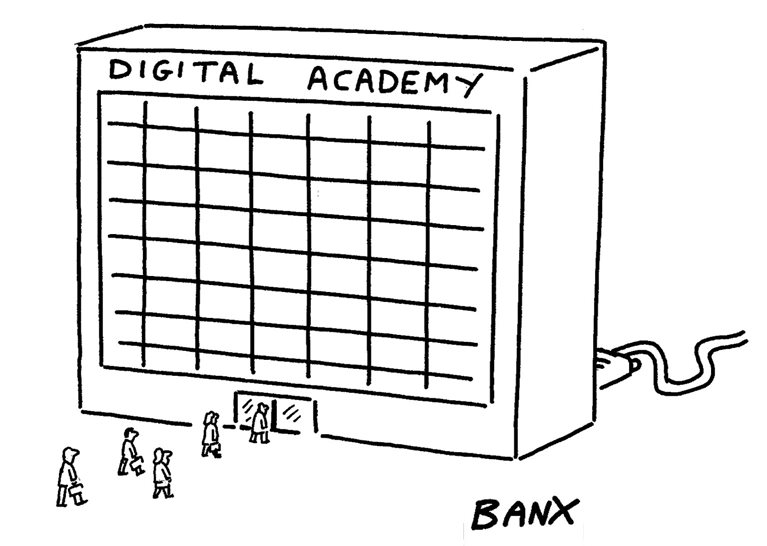By Tanguy Catlin, Laura LaBerge, and Shannon Varney
Yesterday’s tentative approaches won’t deliver; you need absolute clarity about digital’s demands, galvanized leadership, unparalleled agility, and the resolve to bet boldly.
If there’s one thing a digital strategy can’t be, it’s incremental. The mismatch between most incumbents’ business models and digital futures is too great—and the environment is changing too quickly—for anything but bold, inventive strategic plans to work.
Digital strategy: The four fights you have to win
Unfortunately, most strategic-planning exercises dogenerate incrementalism. We know this from experience and from McKinsey research: on average, resources don’t move between business units in large organizations. A recent book by our colleagues, Strategy Beyond the Hockey Stick, seeks to explain what causes this inertia (strategy’s social side, rooted in individual interests, group dynamics, and cognitive biases) and to suggest a way out (understanding the real odds of strategy and overhauling your planning processes to deliver the big moves that can overcome those long odds).
All this holds doubly true for digital strategy, which demands special attention. Leaders in many organizations lack clarity on what “digital” means for strategy. They underestimate the degree to which digital is disrupting the economic underpinnings of their businesses. They also overlook the speed with which digital ecosystems are blurring industry boundaries and shifting the competitive balance. (For more on why companies often fall short, see “Why digital strategies fail.”) What’s more, responding to digital by building new businesses and shifting resources away from old ones can be threatening to individual executives, who may therefore be slow to embrace (much less drive) the needed change.
In our experience, the only way for leaders to cut through inertia and incrementalism is to take bold steps to fight and win on four fronts: You must fight ignorance by using experiential techniques such as “go-and-sees” and war gaming to break leaders out of old ways of thinking and into today’s digital realities. You must fight fear through top-team effectiveness programs that spur senior executives to action. You must fight guesswork through pilots and structured analysis of use cases. And you must fight diffusion of effort—a constant challenge given the simultaneous need to digitize your core and innovate with new business models.
In this article, we will describe how real companies are winning each of these fights—overcoming inertia while building confidence about how to master the new economics of digital. You can join these companies in that effort, thereby giving your digital strategy a jolt and accelerating the shift of your strategy process as a whole, from old-fashioned annual planning to a more continuous journey yielding big moves and big gains even when the end point isn’t entirely clear.
1. Fighting ignorance 

Many senior executives aren’t fully fluent in what digital is, much less up to speed on the ways it can change how their businesses operate or the competitive context. That’s problematic. Executives who aren’t conversant with digital are much more likely to fall prey to the “shiny object” syndrome: investing in cool digital technologies (which might only be relevant for other businesses) without a clear understanding of how they will generate value in the executives’ own business models. They also are more likely to make fragmented, overlapping, or subscale digital investments; to pursue initiatives in the wrong order; or to skip foundational moves that would enable more advanced ones to pan out. Finally, this lack of grounding slows down the rate at which a business deploys new digital technologies. In an era of powerful first-mover advantages, winners routinely lead the pack in leveraging cutting-edge digital technologies at scale to pull further ahead. Having only a remedial understanding of trends and technologies has become dangerous.
Raising your technology IQ
For inspiration on how to raise your company’s collective technology IQ, consider the experience of a global industrial conglomerate that knew it had to digitize but didn’t think its leadership team had the expertise to drive the needed changes. The company created a digital academy to help educate its leadership about relevant digital trends and technologies and to provide a forum where executives could ask questions and talk with their peers. Academy leaders also brought in external experts on a few topics the company lacked sufficient internal expertise to address.
No comments:
Post a Comment